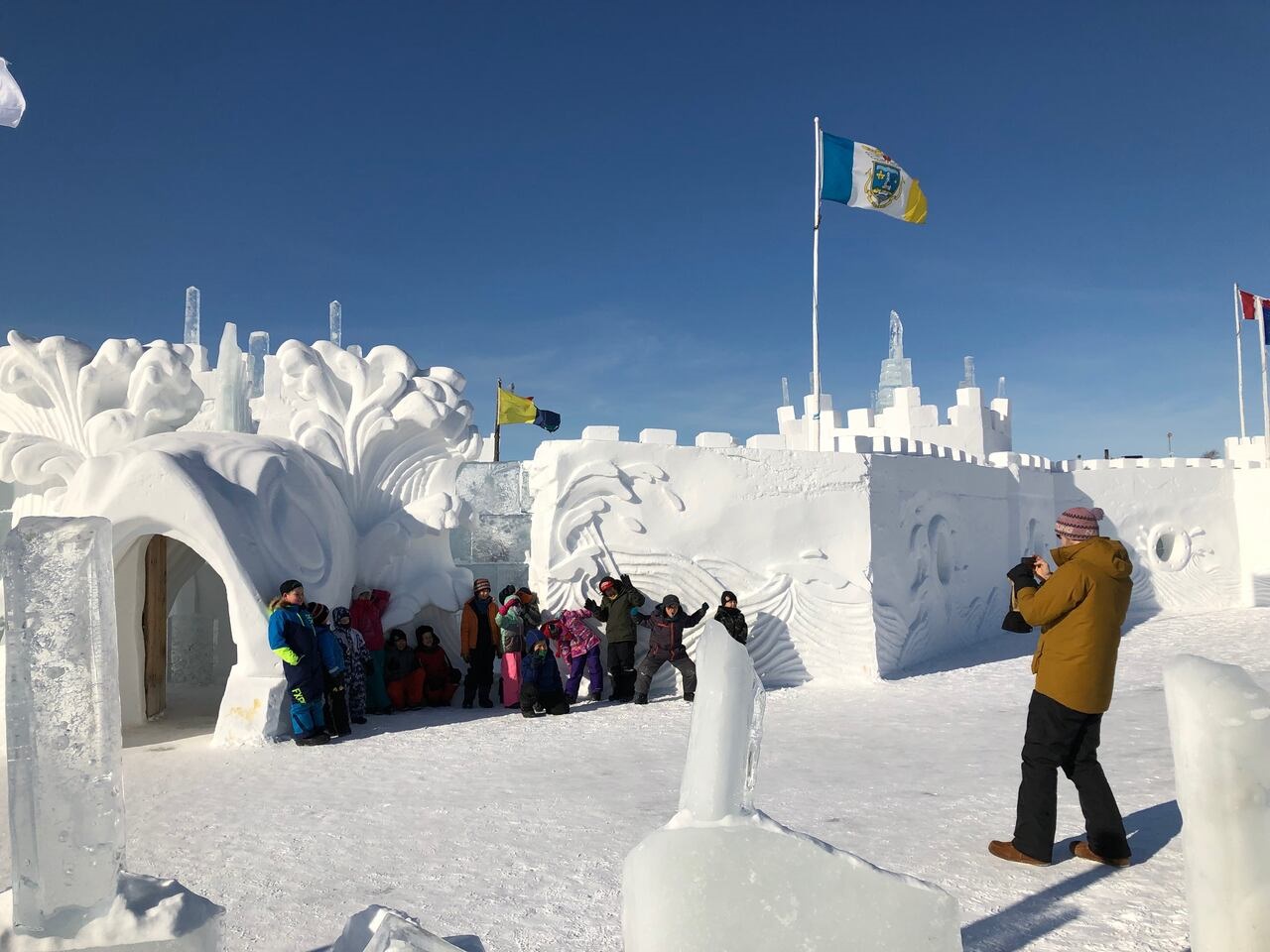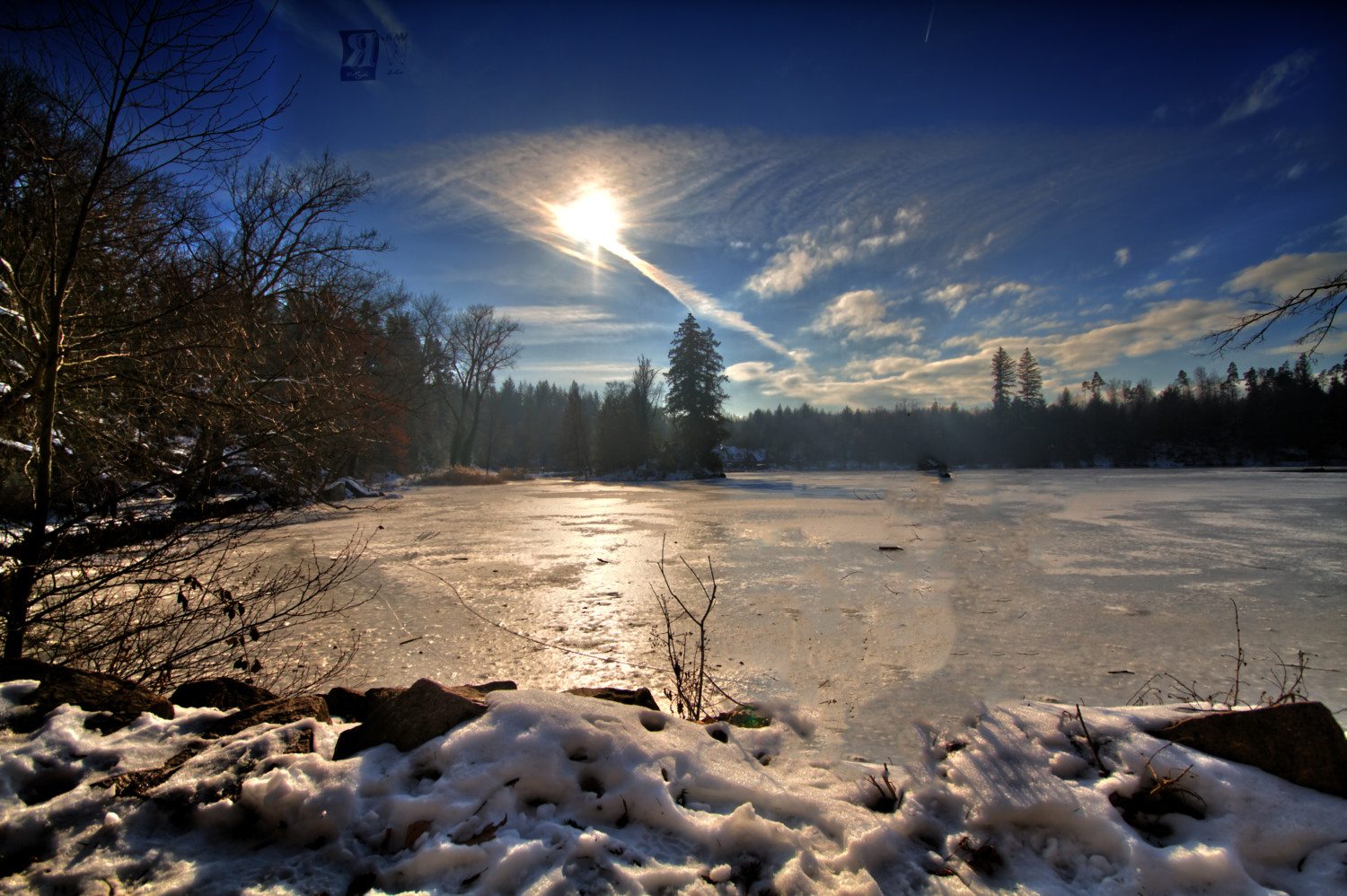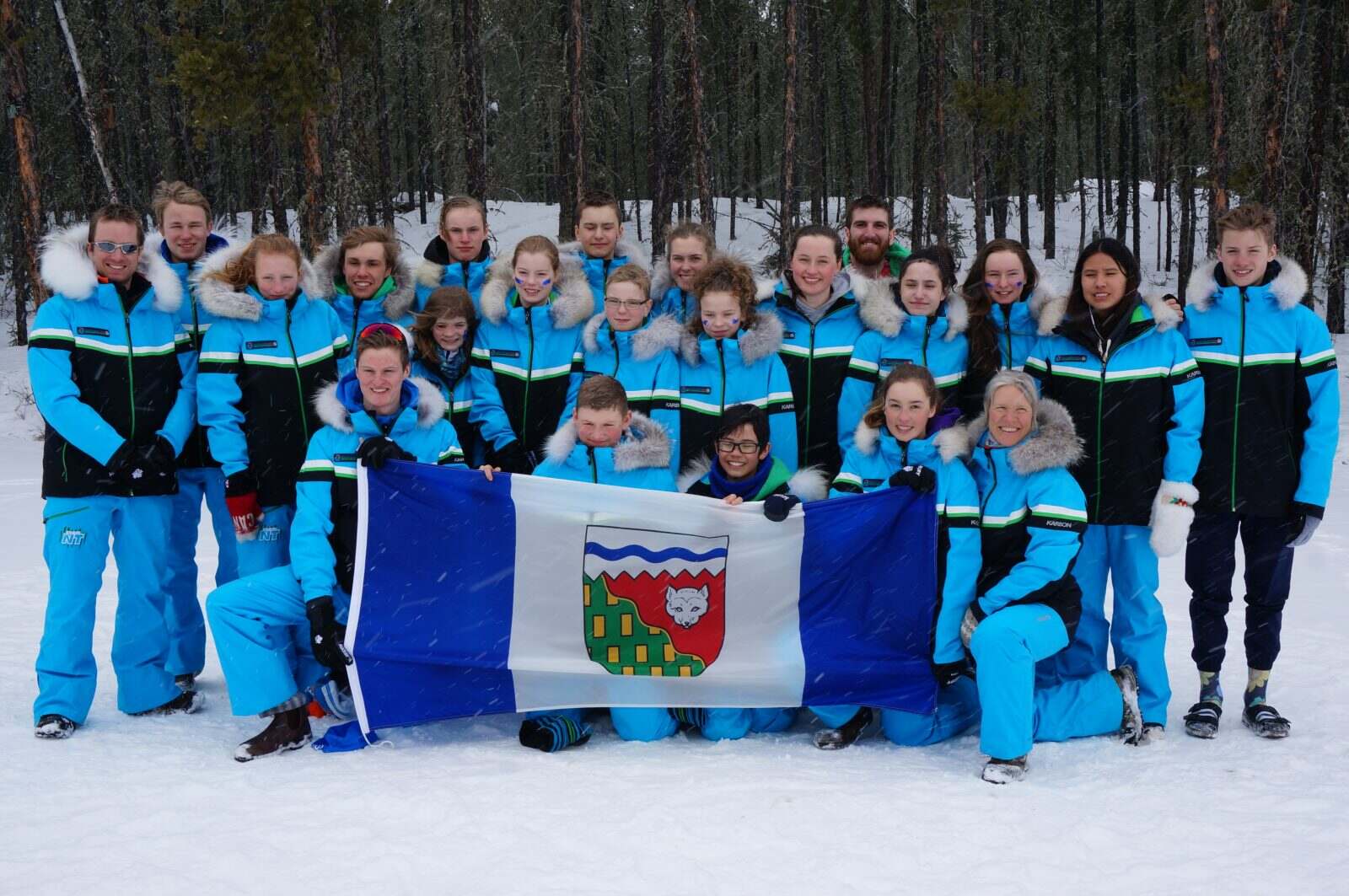- +1 866 773 7452
- info@immigrationexpress.org
- 666 Burrard St, Vancouver, BC V6C 2X8, Canada
We will strive to meet all your business necessities and plans. You can rely on easy accessibility to our qualified staff and prompt solutions to your problems.

The Northwest Territories (NWT) is a region in northern Canada. Here are some key points about the Northwest Territories:
The Northwest Territories is a region of natural beauty and cultural richness, offering a unique blend of modern development and traditional lifestyles.
The Northwest Territories is located in northern Canada, bordered by Yukon to the west, Nunavut to the east, and the provinces of British Columbia, Alberta, and Saskatchewan to the south. It stretches from the Arctic Ocean in the north to the edge of the boreal forest in the south, encompassing a vast area of diverse landscapes, including mountains, forests, tundra, and large lakes such as Great Bear Lake and Great Slave Lake. Yellowknife, the capital, is situated on the northern shore of Great Slave Lake.

The economy of the Northwest Territories (NWT) in Canada is heavily influenced by its rich natural resources, with mining, oil, and gas being the cornerstone industries. The region is renowned for its diamond mines, including the Ekati, Diavik, and Gahcho Kué mines, which are among the largest and most productive in the world. These mining operations have attracted significant investment and have created numerous jobs, contributing substantially to the territory’s GDP. Additionally, the NWT has potential for other mineral resources such as gold, tungsten, and rare earth elements, which are under exploration and could further bolster the economy in the future.
eyond mining, the NWT’s economy also benefits from sectors such as tourism, fishing, and traditional activities like hunting and trapping. The spectacular natural beauty of the region, including the Nahanni National Park Reserve and the Northern Lights, draws visitors from around the globe, supporting local businesses and hospitality services.
Furthermore, the government plays a crucial role in the economy, providing public services and infrastructure development. However, the economy faces challenges due to its remote location, harsh climate, and dependence on global commodity prices, which can lead to economic volatility. Efforts to diversify the economy, improve infrastructure, and enhance education and skills training are ongoing to ensure sustainable economic growth in the Northwest Territories.

he Northwest Territories of Canada experience a subarctic to arctic climate, characterized by long, harsh winters and short, cool summers. Winter temperatures can plummet to below -30°C (-22°F) in many regions, with the coldest areas experiencing even lower temperatures. Snow covers the ground for a significant portion of the year, and the region sees extended periods of darkness during the winter months due to its northern latitude.
Summers in the Northwest Territories are brief but can be surprisingly warm, with temperatures occasionally reaching above 20°C (68°F). The season is marked by long daylight hours, with the sun barely setting in the northernmost parts, leading to the phenomenon known as the Midnight Sun. Precipitation during summer is relatively low, and the landscape transforms into a vibrant tundra with blooming wildflowers and lush greenery.
Overall, the weather in the Northwest Territories is marked by extreme seasonal variations, with the intense cold and darkness of winter contrasting sharply with the milder temperatures and prolonged daylight of summer. The unique climate shapes the region’s natural environment and significantly influences the lifestyle and activities of its inhabitants.

The cost of living in the Northwest Territories (NWT) is relatively high compared to many other regions in Canada. Several factors contribute to this:
Housing: Housing costs in the NWT, particularly in Yellowknife, are higher than the national average. Rental rates and property prices can be steep due to the limited availability of housing and the high demand.
Utilities: The cost of utilities, such as electricity, heating, and water, is significantly higher in the NWT. This is due to the harsh climate, which requires extensive heating, and the reliance on imported fuel for power generation.
Groceries and Goods: The cost of groceries and everyday goods is higher in the NWT because many items need to be transported over long distances. This results in increased transportation costs, which are passed on to consumers.
Transportation: The cost of transportation, both within the NWT and to other parts of Canada, is higher. Limited road infrastructure and the reliance on air travel for many communities contribute to these costs.
Healthcare and Education: While healthcare and education are publicly funded in Canada, access to these services in the NWT can be more expensive due to the remote location and the need for specialized facilities and personnel.
Entertainment and Leisure: The cost of entertainment and leisure activities can also be higher in the NWT. This includes dining out, recreational activities, and cultural events.
Despite the high cost of living, many residents find the unique lifestyle, natural beauty, and tight-knit communities of the NWT to be worth the expense. Additionally, higher wages and various government subsidies can help offset some of these costs for residents.
Yellowknife, the capital city of the Northwest Territories, sits on the northern shore of Great Slave Lake. It is the largest city in the territory and serves as its administrative and economic hub. Known for its vibrant cultural scene, Yellowknife boasts numerous festivals, art galleries, and a thriving music community. The city is also a prime spot for viewing the Northern Lights, thanks to its location within the auroral oval.
Inuvik, located on the Mackenzie River delta, is the gateway to the Western Arctic. It’s known for its stunning natural landscapes, including the nearby Richardson Mountains and the vast tundra. The Midnight Sun shines here for 56 days in summer, while the polar night lasts for 30 days in winter. Inuvik is a cultural melting pot, home to both Inuvialuit and Gwich’in peoples, and hosts the famous Great Northern Arts Festival each year.
Hay River, situated on the southern shore of Great Slave Lake, is known as the “Hub of the North” due to its strategic location as a transportation center. It has a diverse economy with industries ranging from fishing and forestry to tourism and shipping. Hay River is a key gateway to the northern territories, with its bustling port facilitating the movement of goods and services. The town also features beautiful natural attractions, including Alexandra Falls and Wood Buffalo National Park.

The Northwest Territories (NWT) in Canada is known for its stunning natural beauty and unique cultural experiences. Here are some highlights of things to do and see in this vast and sparsely populated region:
The Northwest Territories offer a unique blend of natural wonders, outdoor adventures, and rich cultural experiences that make it a must-visit destination for nature lovers and adventure seekers
The Northwest Territories (NWT) is a vast and sparsely populated region in Canada. Here are some key aspects of its demographics:
These demographic characteristics highlight the unique blend of cultures, the challenges of living in a remote northern environment, and the vibrant community life in the Northwest Territories.

Education in the Northwest Territories (NWT) is tailored to the unique cultural and geographical context of the region. Here’s an overview of the education system and opportunities available:
The education system in the Northwest Territories is designed to be flexible and responsive to the unique needs of its diverse population, aiming to provide quality education while preserving and promoting Indigenous cultures and languages.

Keep searching around our data base as to see anything as target destination to load. We can assist you when you choose to NWT. We are offering professional consulting advice to help enhance your destination.
Complete our simple contact form and get in contact with one of our trusted immigration consultants that will help you make a decision.
Send us CV for Job Review
©2020. Canadian Immigration Express. All Rights Reserved.